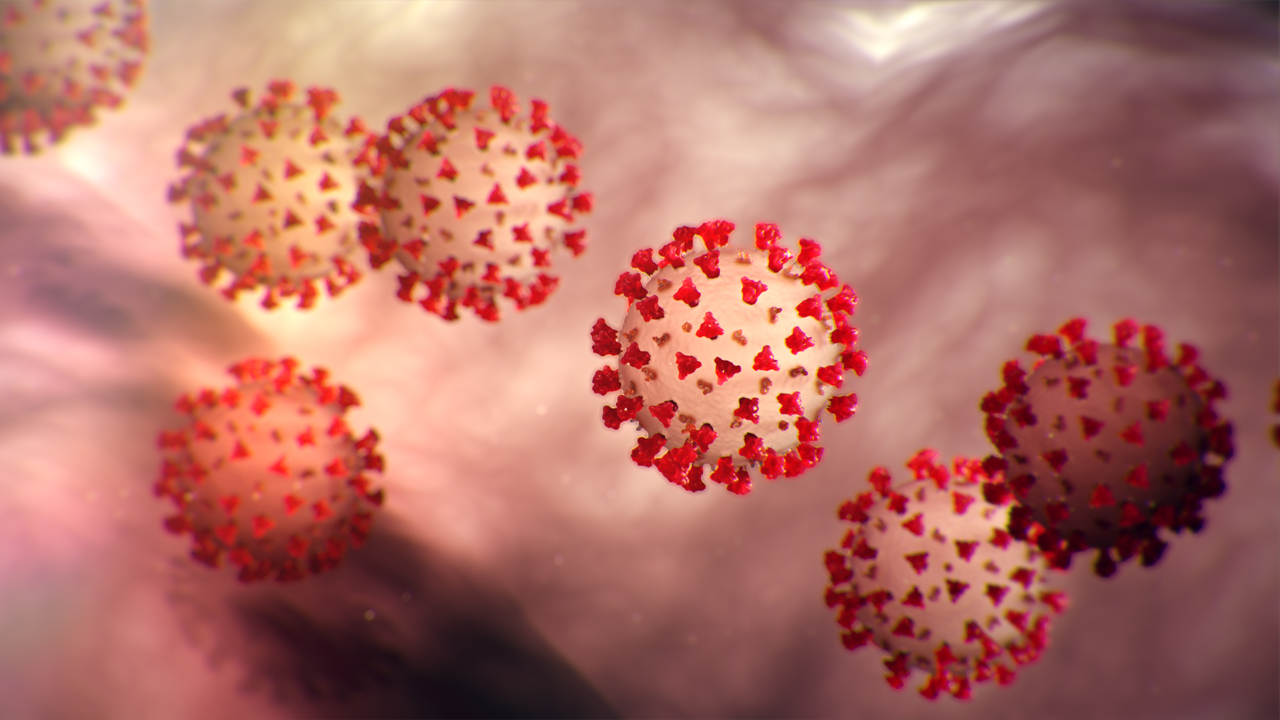
Wuhan virus”, “Chinese virus”, “Sars-CoV-2”, “2019-nCov” to finally “Covid-19”, the naming of the coronavirus has seen quite a ride.
Officially named Covid-19 by the World Health Organization, “COVI” comes from Corona Virus. The “D” stands for disease and the 19 represents the year 2019, when it was first identified in Wuhan in December.
People first started calling it the “Wuhan virus” because the first cases were recorded there.
However, according to the World Health Organization (WHO) guidelines for naming infectious diseases issued in 2015 which did not encourage names referring to geographic locations – cities, countries, regions and continents.
These guidelines, according to the WHO, were made to reduce unnecessary negative impact of disease names on trade, travel, tourism or animal welfare and to avoid causing offence to any cultural, social, regional, national, professional or ethnic groups.
It was only allowed to include generic descriptive terms (clinical symptoms, physiological processes, and anatomical or pathological references / systems affected), specific descriptive terms like age group, population of patients, time course, epidemiology, origin, severity, seasonality and environment, causal pathogens (coronavirus, influenza), year of first detection or reporting and an arbitrary identifier.
The best practices issued by the WHO to name new diseases apply to new infections, syndromes, and diseases that have never been recognized or reported before in humans, that have potential public health impact, and for which there is no disease name in common usage. They do not apply to disease names that are already established.
The guidelines also said that no food or animal names should be used for naming a disease – a bad example being ‘swine flu’ which led to the slaughter of hundreds of pigs.
The WHO also stated that the disease names must not include cultural, population, industry or occupational references, people’s names or terms like ‘fatal’ that incite undue fear.
Dr. Keiji Fukuda, Assistant Director-General for Health Security, WHO said, “This (naming of diseases) may seem like a trivial issue to some, but disease names really do matter to the people who are directly affected. We’ve seen certain disease names provoke a backlash against members of particular religious or ethnic communities, create unjustified barriers to travel, commerce and trade, and trigger needless slaughtering of food animals. This can have serious consequences for peoples’ lives and livelihoods.”
Naming of Covid-19
The Covid-19 was first called the “Wuhan Virus”. However, keeping in mind the guidelines and the exacerbation of racism, the contentious name “Wuhan virus” was quickly dropped.
US President Donald Trump then had referred to the infection as the “Chinese virus” holding China responsible for spreading it to the world, further aiding racism. World over and in India, there were reports of people mistreating and assaulting Asian countries, beating them up and calling them “Chinese” and “coronavirus” – an example of the fear and resentment in “Asian” looking people after the labelling of Covid-19 as the “Chinese virus”.
The Covid-19 was then temporarily named “2019-nCoV” in January, 2019 being the year it was discovered in and “n” standing for novel, a new pathogen of a previously known type, in this case Severe Acute Respiratory Syndrome (SARS), a virus that also emerged first in China.
According to NPR.org, an 11-member committee from the International Committee on Taxonomy of Viruses had proposed that the formal name of the Covid-19 be changed to SARS-CoV-2 which “formally recognizes this virus as a sister to severe acute respiratory syndrome coronaviruses.”
The Coronavirus Study Group (CSG) had decided that the virus is a variant of the coronavirus that caused an outbreak of SARS in 2002-03. So, it named the new pathogen ‘severe acute respiratory syndrome-related coronavirus 2’ or ‘SARS-CoV-2’.
However, according to Science Mag, the WHO isn’t happy with the name SARS-CoV-2. In an email to the publication, a spokesperson from WHO wrote, “From a risk communications perspective, using the name SARS can have unintended consequences in terms of creating unnecessary fear for some populations, especially in Asia which was worst affected by the SARS outbreak in 2003. For that reason and others, in public communications WHO will refer to ‘the virus responsible for ‘COVID-19’ or ‘the COVID-19 virus’.”
However John Zeibuhr, a virologist at the Justus Liebig University Giessen said, “he positive response I am getting from many colleagues, including Chinese scientists … makes me confident that, in a short period of time, the virus name SARS-CoV-2 will be widely accepted by the research community and beyond.”
Related:
Covid-19: Telemedicine, online counseling helps people tide over nationwide lockdown
Covid-19 stigma: Medical professionals ostracized and evicted from rented homes
RBI allows 3-month moratorium on EMI payment on term loans
Covid-19 Lockdown: Migrant workers begin to leave city in a painfully long walk home
